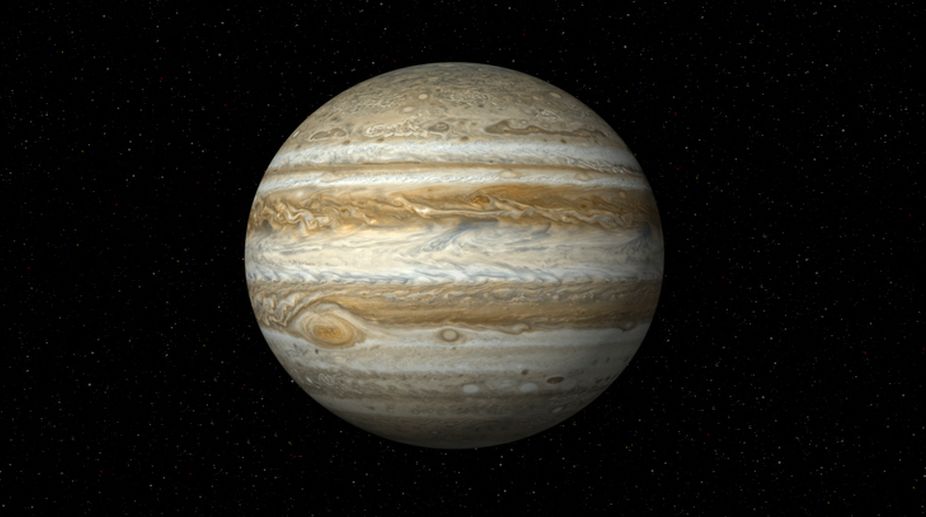NASA head Nelson says China hiding military presence in space
"I think that we just better not let down our guard," Nelson added.

Jupiter (PHOTO: GETTY IMAGES)
Jupiter has been captured in unprecedented detail in this new image released by Nasa.
The photograph, taken by the Hubble Space Telescope, views the gas giant at “opposition” — in a position directly opposite the Sun and the Earth. At the time the photograph was taken, all three were aligned, with the Earth between the Sun and Jupiter. At this point, the planet’s colourful atmosphere was on full display, since it was at its closest point to the Earth, around 415 million miles away.
Jupiter is the largest planet in the solar system, with a mass two-and-ahalf times the size of all the other planets combined. Its atmosphere is divided into a number of distinct, colourful bands that run parallel to the equator.
Advertisement
The proximity of the planet on 3 April allowed a team led by Amy Simon from Nasa’s Goddard Space Flight Centre in Maryland, US to capture details in Jupiter’s atmosphere as small as around 80 miles wide. Distinct in the photograph is Jupiter’s well known Great Red Spot, an anticyclone, or zone of high pressure, which has been observed for at least 150 years.
The storm is larger than Earth, but is slowly shrinking and becoming more round, although it is not known why. Scientists hope photographs such as those taken by the Hubble telescope will help them explain the phenomenon.
The space agency timed the Hubble observation to coincide with when its Juno probe would be near its closest point to Jupiter, so scientists could get concurrent pictures.
The Hubble Space Telescope was launched into the Earth’s orbit in the 1990s and from its position has been able to record some of the most detailed photographs of space ever.
The Independent
Advertisement